December 27, 2013
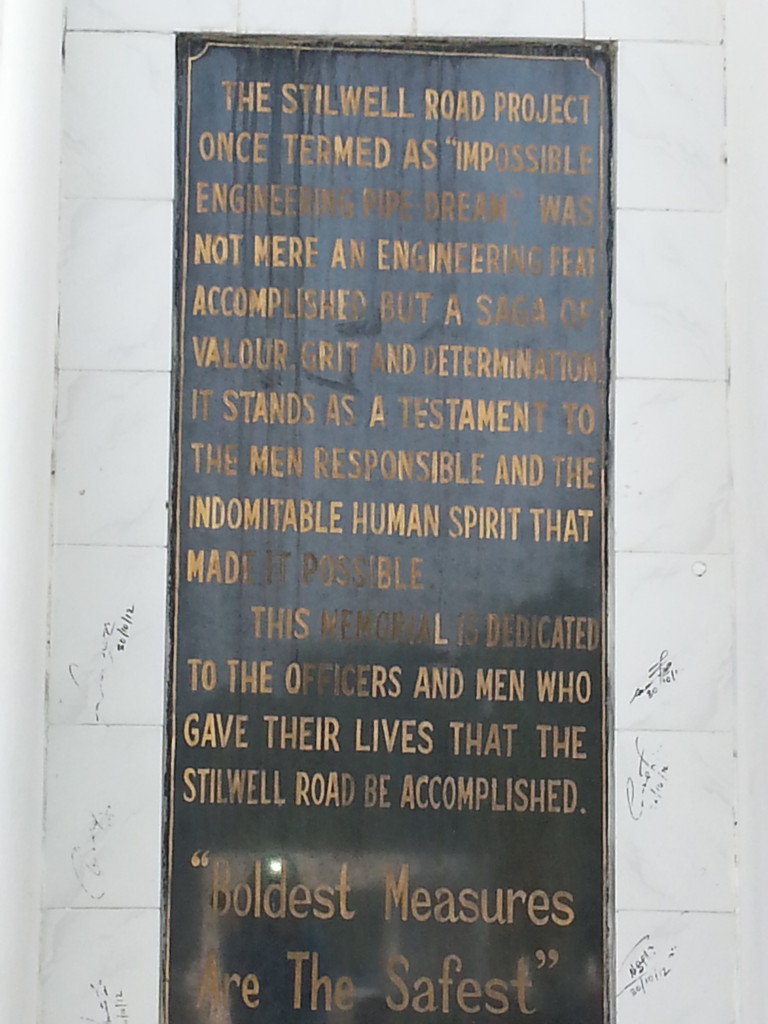
A man a mile – was the death count during WWII’s construction of the Stilwell Road; a near impossible engineering feat in itself but even more so during wartime. Malaria, typhus and monsoon-soaked, crumbling hills were the biggest killers – not the Japanese.
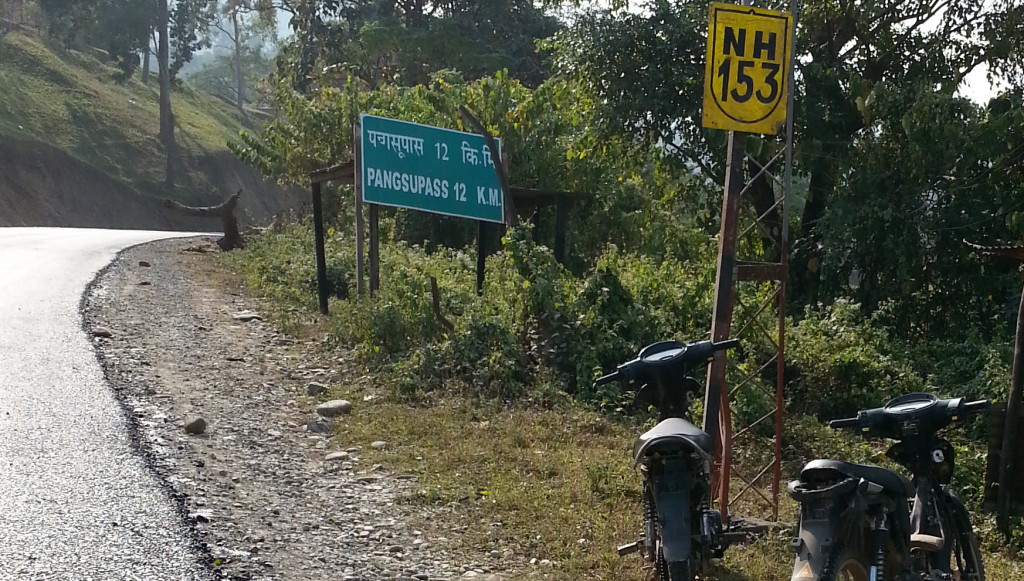
Caravans, between China and Persia, had passed near the Pangsau Pass years earlier but, unlike the WWII army, had no need to carry army tanks or troops of men. The Stilwell Road started in Ledo India.
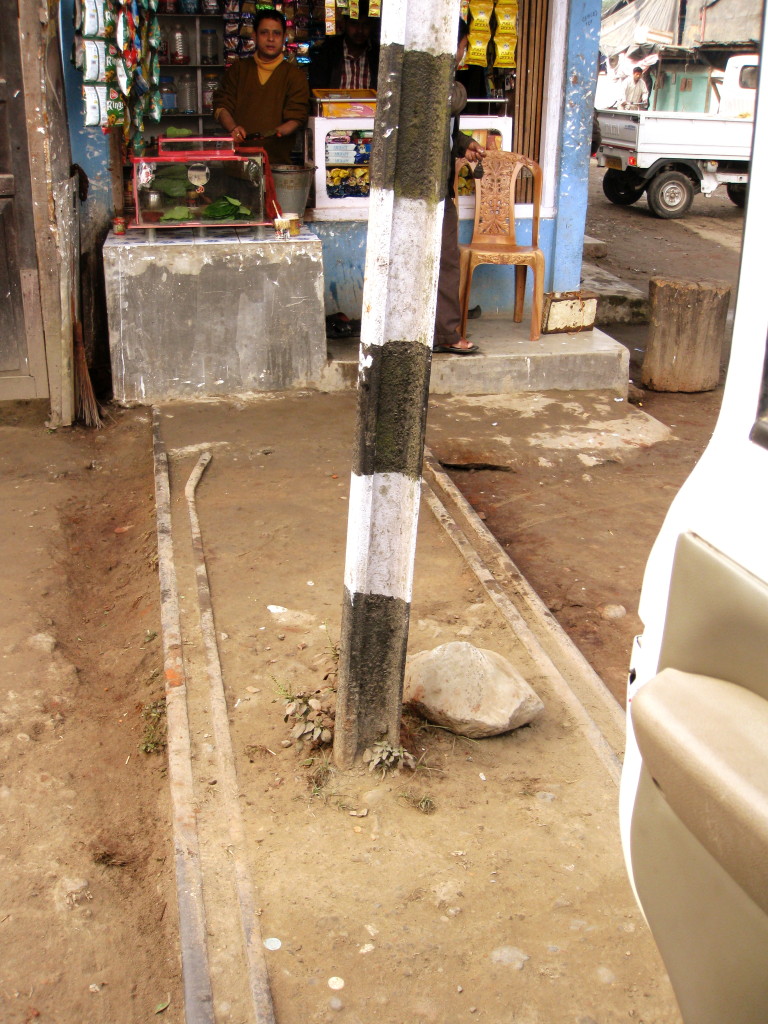
Transport to Ledo during WWII was via narrow gauge rail, which had been set up to service the tea plantations.
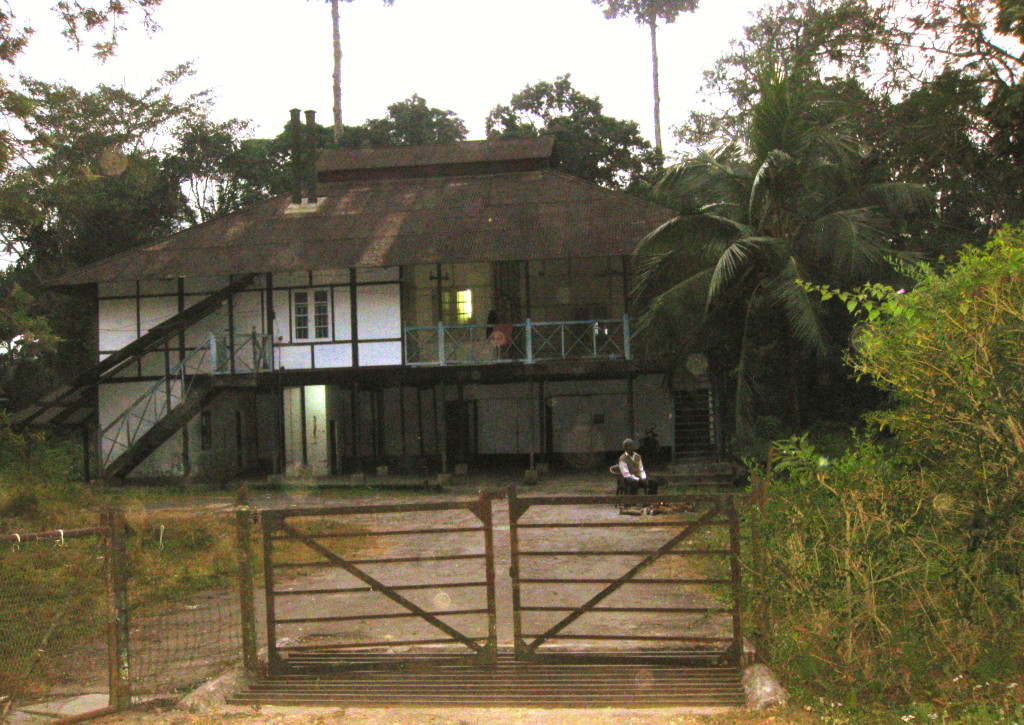
They called it the chicken neck of India; beyond the boondocks. You‘ve heard of Naga head hunters?”
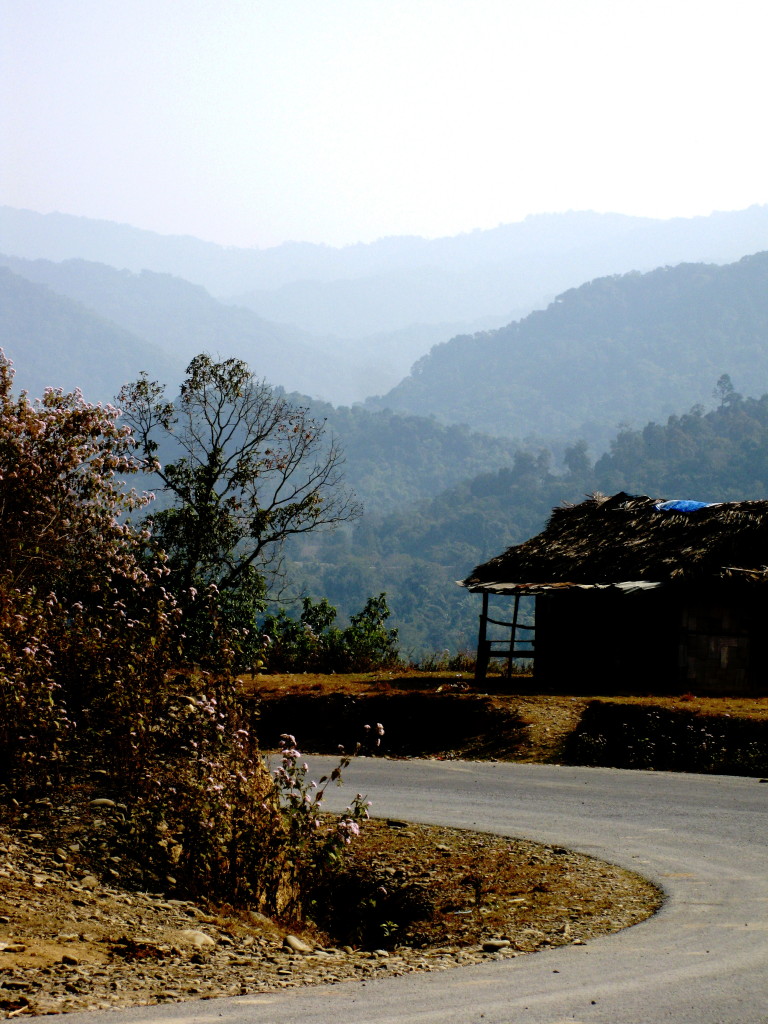
This was the territory of the Sing Pho and Naga tribes. Descendents of both tribes still live within a couple miles of each other today. During WWII the Sing Pho signed an easement with the U.S. government, giving the Allies the right to construct portions of the thousand mile road on their land.
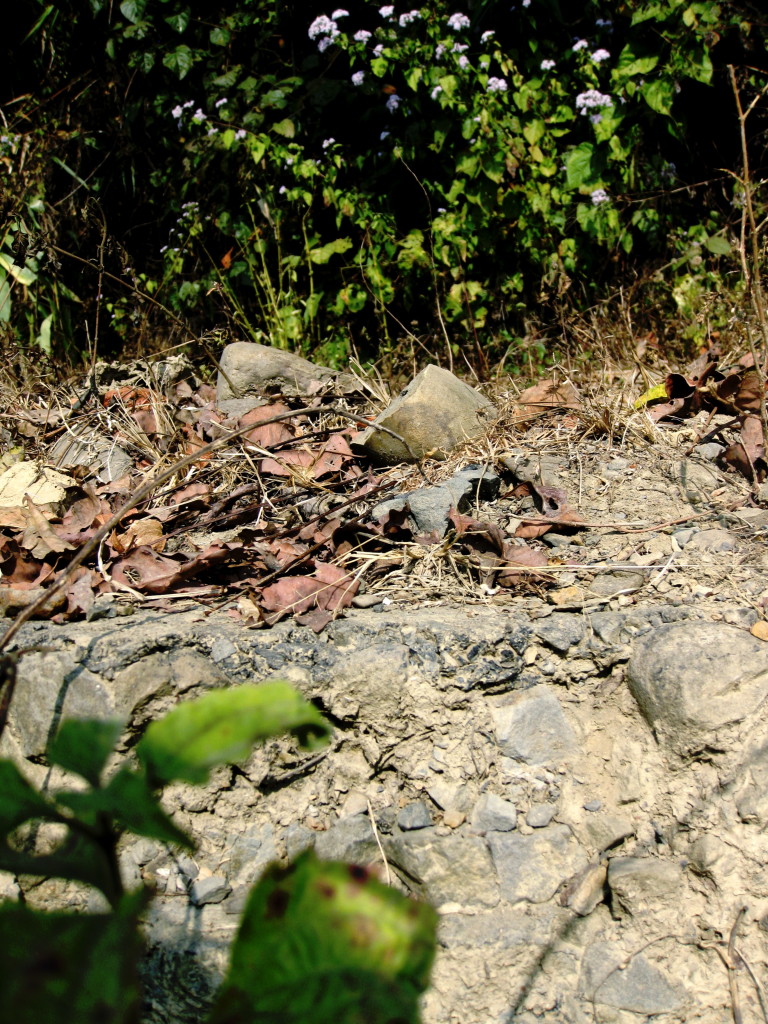
In a manila folder containing important documents dating from the 1800s to 2013, the governing heir of the Sing Pho tribe, King Dowa Bisa Nong Sing Pho and his family, safeguards these records.
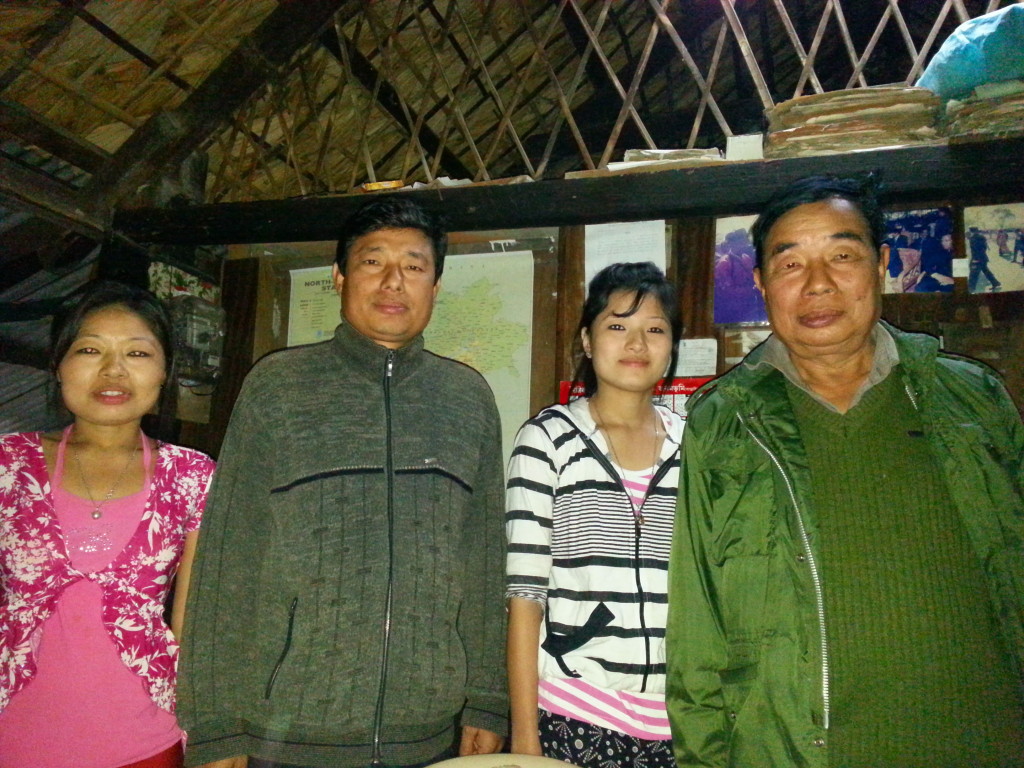
Although the Sing Pho are Buddhists, many of the Naga are Christian. It seems strange to think that the Naga were once headhunters turned Christians.
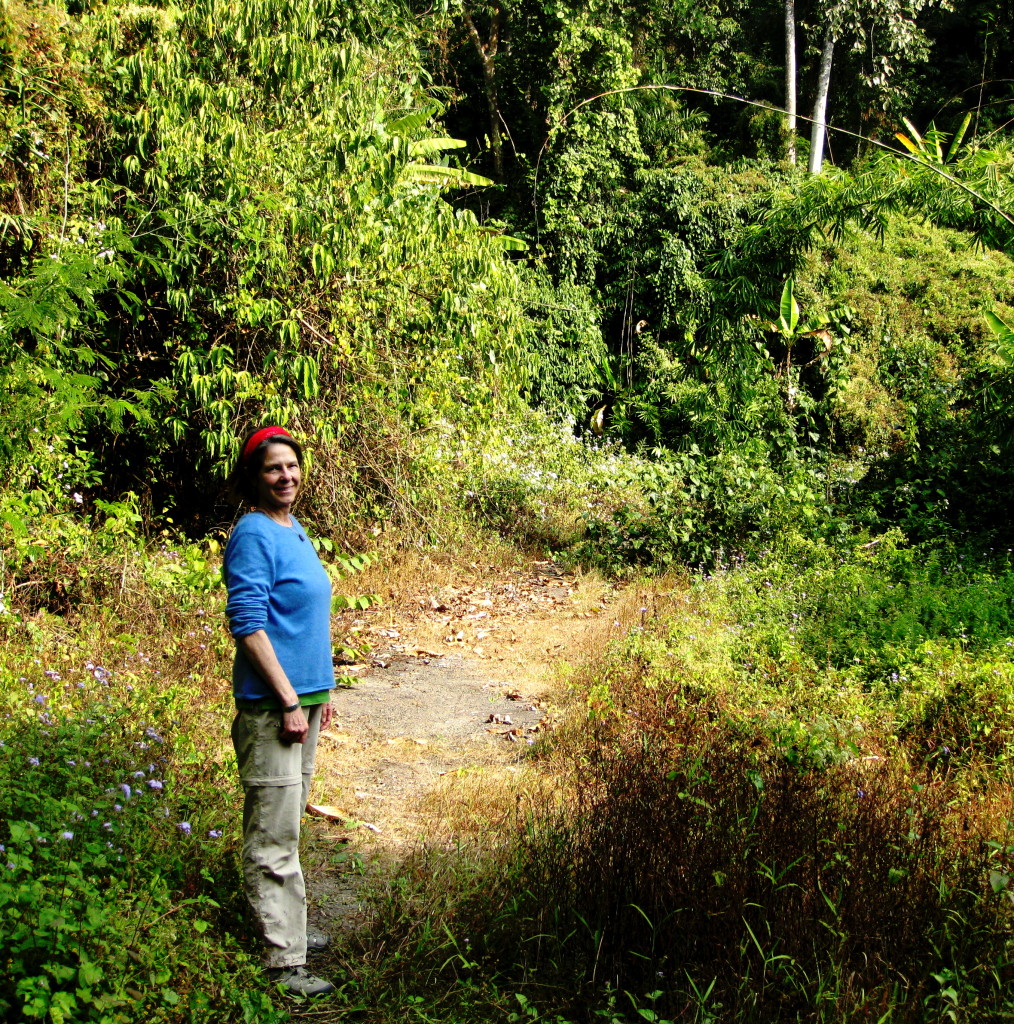
Struggles continue between the tribes and their respective governments along the border of India and Burma. Due to unpredictable clashes, the Stilwell Road has seen deterioration, and cross-border permits are given only under special conditions.
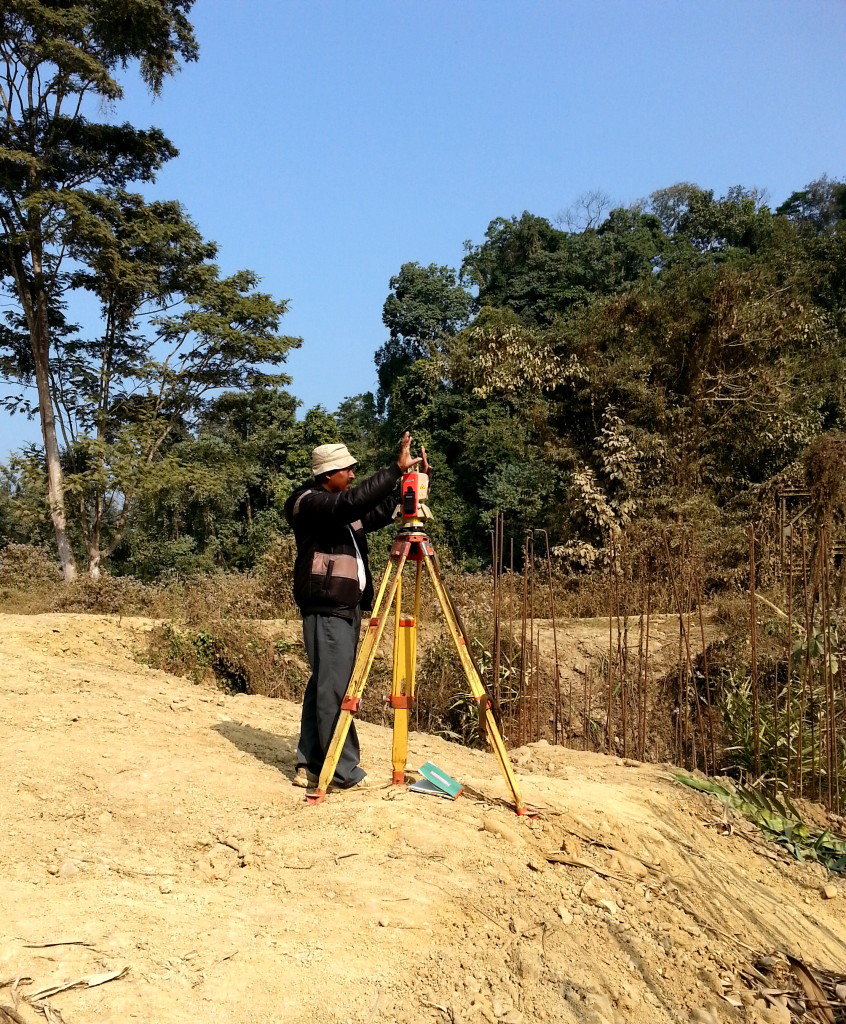
This may be changing in the near future. The governments of both India and China are interested in restoring the Stilwell Road in their respective countries and through Burma. Problems with mining gold and precious gems, trading opium, harvesting teak, maintaining dams, tiger reserves, conservation efforts, finding funding, and property rights need to be resolved first.
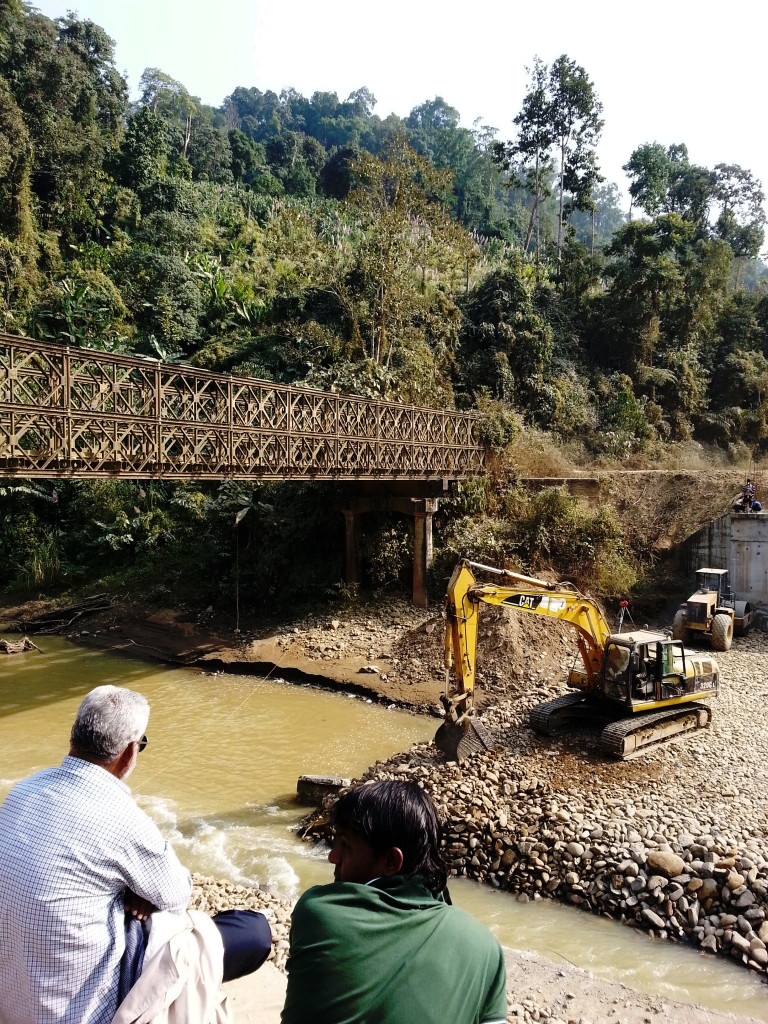
Current investments in road projects along the Indian border and by the Chinese in Burma suggest a drastic change for the future of this area.
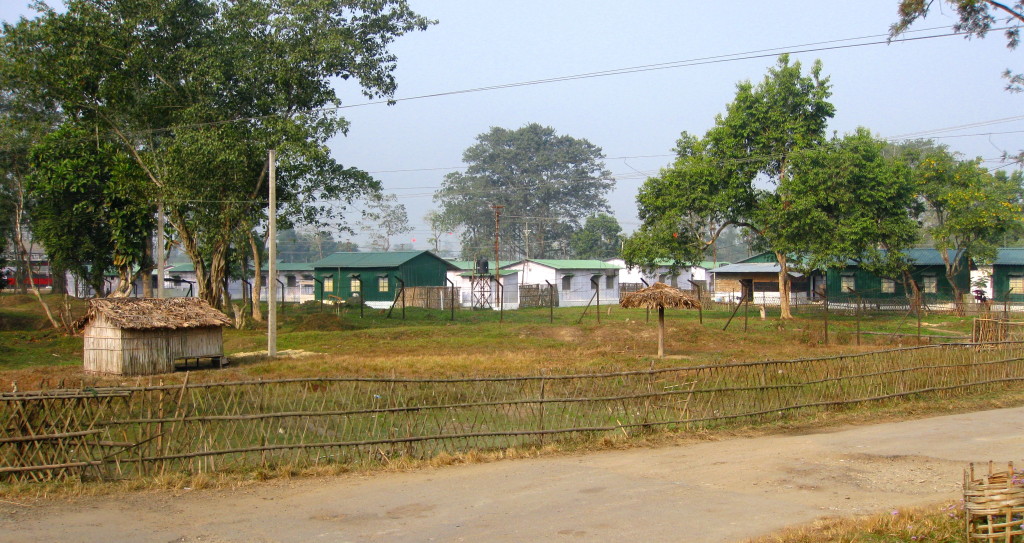
Within India, old WWII barracks, along the Stilwell Road, continue to be utilized by the Indian military as cantonments.
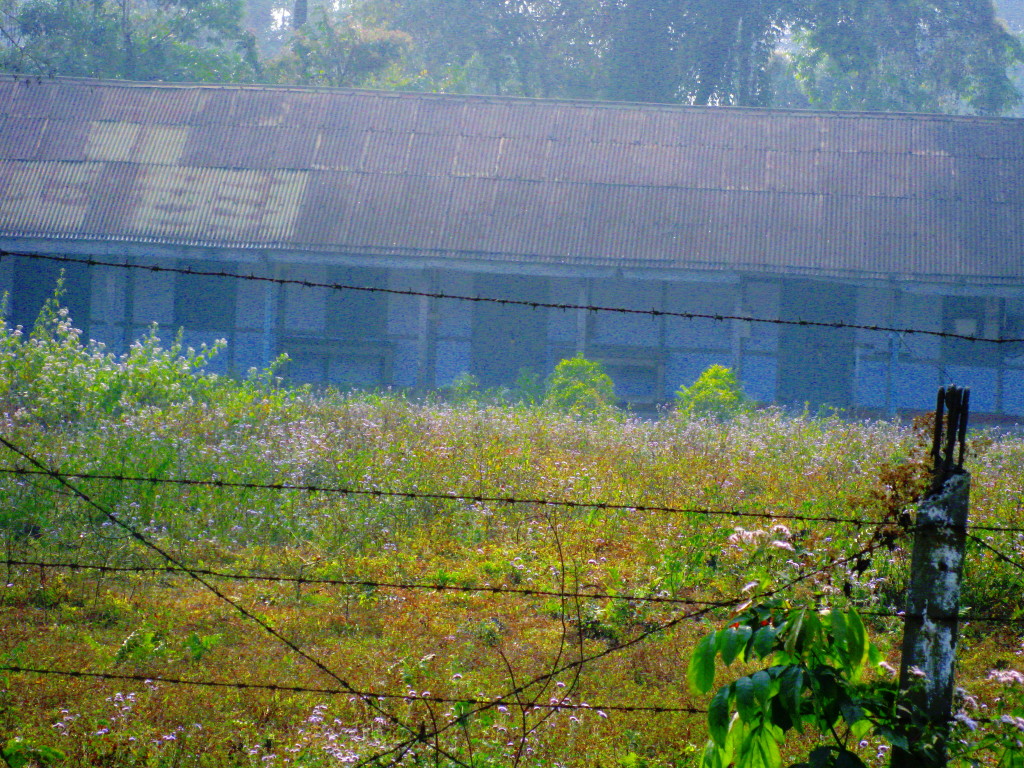
Unfortunately, they are not open to the public but at least they found a use for them and weren’t abandoned.
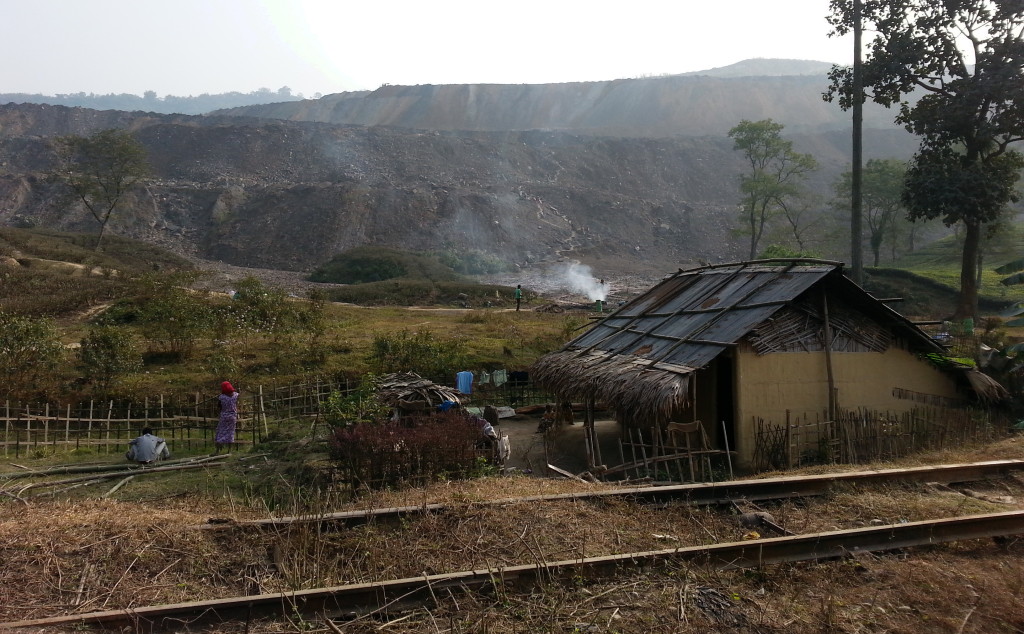
This part of the Himalayas is so rugged that only part of the coal and oil deposits have been used. The locals say when oil was discovered in Assam an Indian boy, in surprise and fear, showed the British the oil on his feet from walking through the field. The British response was, “Dig boy dig.”
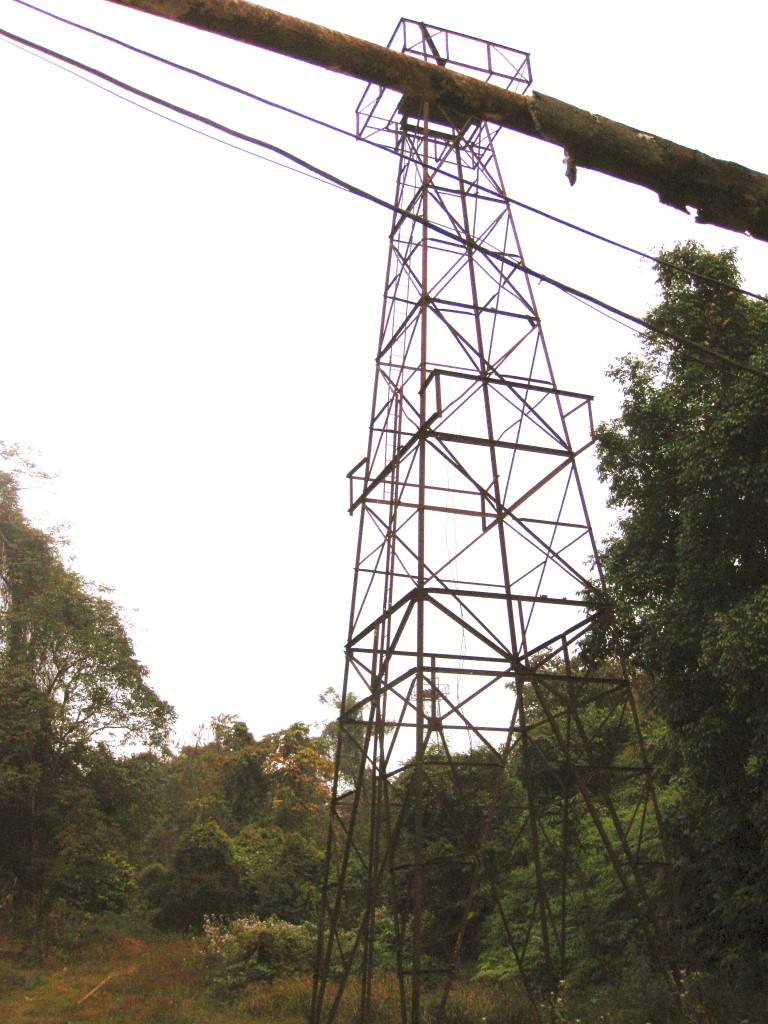
My book, Behind the Forgotten Front, takes a look at this part of the world from 1942-to 1945.
I really appreciate you visiting my web page. It means a lot to me. In the comments box, I’d like to hear what you think about my posts – tell similar stories – share other blog forums.
Error: Contact form not found.